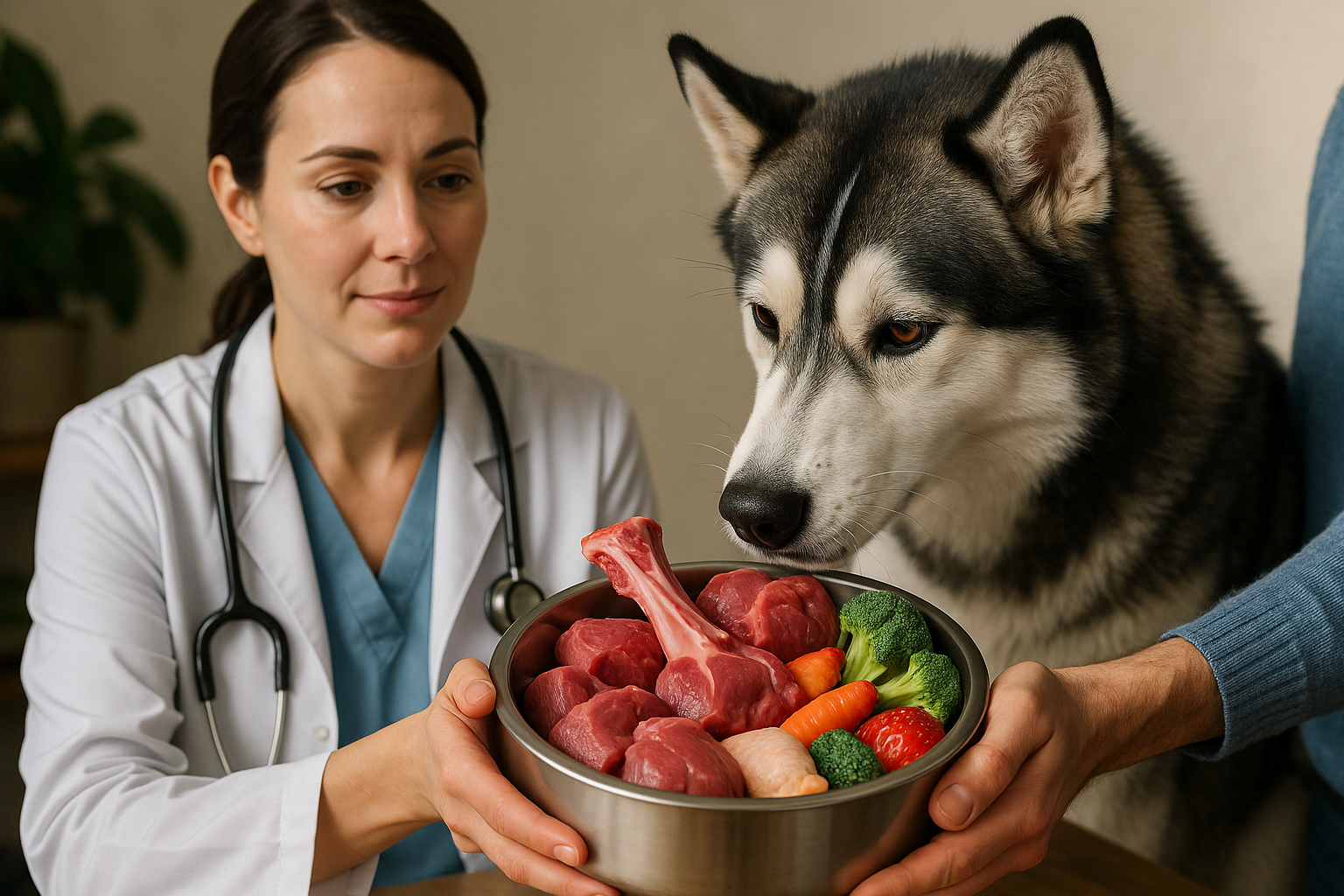Choosing the Best Dog Food: A Comprehensive Guide to Canine Nutrition
Choosing the right dog food supports your pet’s energy, digestion, and coat health. From dry kibble to wet or raw options, ingredients matter. Learn how to read labels, compare protein sources, and match formulas to your dog’s age, breed, and dietary needs.

What are the main types of dog food available?
Dog food comes in several forms, each with its own advantages and considerations:
-
Dry kibble: This is the most common type of dog food. It’s convenient, has a long shelf life, and can help maintain dental health. Dry food typically contains a mix of proteins, grains, and vegetables.
-
Wet food: Often sold in cans or pouches, wet food has a higher moisture content and can be more palatable for some dogs. It’s a good option for dogs who need extra hydration or have dental issues.
-
Semi-moist food: This type falls between dry and wet food in terms of moisture content. It’s often shaped into small, chewy pieces and can be used as a treat or meal supplement.
-
Raw food: A growing trend, raw diets consist of uncooked meats, bones, fruits, and vegetables. Proponents argue it’s more natural, but it requires careful handling to avoid bacterial contamination.
-
Freeze-dried food: This preserves raw ingredients through a freeze-drying process, offering the benefits of raw food with added convenience and safety.
How do I read and understand dog food labels?
Understanding dog food labels is essential for making informed choices:
-
Ingredient list: Ingredients are listed in order of weight. Look for whole food sources of protein, such as chicken, beef, or fish, as the first ingredient.
-
Guaranteed analysis: This section shows the minimum percentages of protein and fat, and maximum percentages of fiber and moisture.
-
AAFCO statement: Look for foods that meet the Association of American Feed Control Officials (AAFCO) standards for complete and balanced nutrition.
-
Life stage: Choose food appropriate for your dog’s life stage (puppy, adult, senior) or specific needs (weight management, large breed, etc.).
-
Additives and preservatives: Be aware of artificial colors, flavors, and preservatives, which some owners prefer to avoid.
What are the key nutrients dogs need in their diet?
A balanced dog food should provide all essential nutrients:
-
Proteins: Essential for muscle development, tissue repair, and overall growth. Look for high-quality animal protein sources.
-
Fats: Provide energy, support skin and coat health, and aid in nutrient absorption. Omega-3 and omega-6 fatty acids are particularly beneficial.
-
Carbohydrates: While not essential, they provide energy and fiber. Look for whole grains or vegetables as carbohydrate sources.
-
Vitamins and minerals: These support various bodily functions. A complete and balanced dog food should provide all necessary vitamins and minerals.
-
Water: While not a nutrient per se, adequate hydration is crucial for your dog’s health.
How do I choose the right dog food for my pet’s specific needs?
Selecting the best food for your dog depends on several factors:
-
Age: Puppies, adults, and senior dogs have different nutritional requirements.
-
Size and breed: Large breeds may benefit from specific formulas to support joint health, while small breeds might need smaller kibble sizes.
-
Activity level: Working dogs or highly active pets may require more calories and protein than less active dogs.
-
Health conditions: Dogs with specific health issues may need specialized diets recommended by a veterinarian.
-
Allergies or sensitivities: Some dogs may require grain-free or limited ingredient diets to avoid allergens.
What are some top dog food options on the market?
When considering top dog food options, it’s important to look at factors such as ingredient quality, nutritional balance, and brand reputation. Here’s a comparison of some popular dog food brands:
| Brand | Type | Key Features | Cost Estimation |
|---|---|---|---|
| Hill’s Science Diet | Dry | Veterinarian recommended, life-stage specific formulas | \(\) |
| Blue Buffalo | Dry/Wet | Natural ingredients, grain-free options | $$$ |
| Royal Canin | Dry/Wet | Breed-specific formulas, prescription diets | \(\) |
| Purina Pro Plan | Dry/Wet | High-protein options, probiotic formulas | $$$ |
| Orijen | Dry | High protein, biologically appropriate | \(\)$ |
Prices, rates, or cost estimates mentioned in this article are based on the latest available information but may change over time. Independent research is advised before making financial decisions.
How can I transition my dog to a new food?
When switching dog foods, it’s crucial to do so gradually to avoid digestive upset:
-
Start by mixing 25% new food with 75% old food for 2-3 days.
-
Increase to 50% new food and 50% old food for another 2-3 days.
-
Move to 75% new food and 25% old food for 2-3 days.
-
Finally, transition to 100% new food.
Monitor your dog’s reaction throughout the process. If you notice any signs of digestive distress, slow down the transition or consult your veterinarian.
In conclusion, choosing the right dog food involves understanding your pet’s specific needs, reading labels carefully, and considering factors like age, breed, and health status. By taking the time to research and select a high-quality dog food, you’re investing in your furry friend’s long-term health and happiness.




